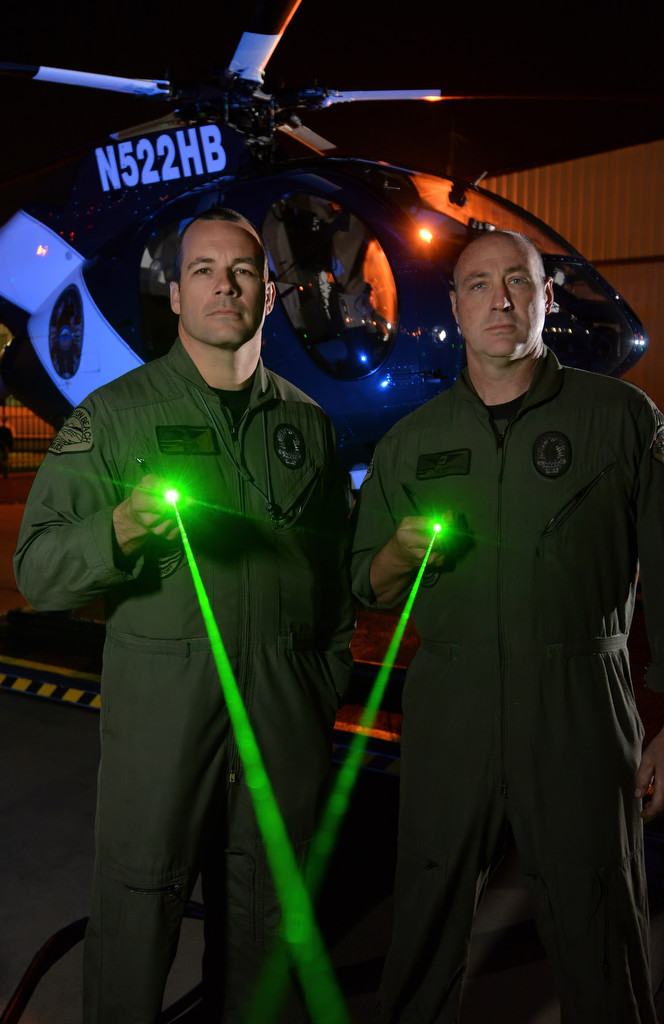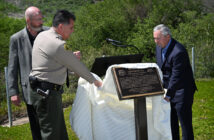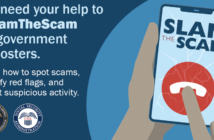About a dozen times a year, the pilots of Huntington Beach PD’s aero unit get hit.
The cockpit lights up green, the pilots are temporarily blinded and whatever police work they were trying to conduct from the air is interrupted.
Green lasers are brighter and can travel farther than any other laser color, making them a dangerous weapon when pointed at any aircraft.
“We get hit all the time,” said HB1 pilot Mike Lyons. “There is some sort of fascination people have with aiming these lasers at things that move, but it’s a crime to shine them at any aircraft or at another person.”
Laser-strike incidents across the United States have increased sharply over the last decade, prompting some federal legislators to push the U.S. Food and Drug Administration to ban green lasers.
Incidents jumped in the U.S. to 3,960 in 2013, from 384 reported strikes in 2006, according to the Federal Aviation Administration.
HB1 gets hit with a laser strike once a month, on average.
“The light just explodes in the cockpit,” said pilot R.J. Garwood. “It makes it very difficult to fly. You can’t look directly at it because if you do, you can damage the eyes.”
Laser strikes can cause pilots to become momentarily disoriented, and they might also suffer burns on their retina, dry eyes, nausea and severe headaches.
“When you get hit by one of these lasers, you can’t look where you want to look,” Lyons said. “If you were concentrating on the instruments, or something on the ground, or something in the air you were trying to avoid, now you can’t do that.”

Consumer handheld green lasers shot through the window from outside of this Huntington Beach PD helicopter light up the inside making it nearly impossible to fly and showing the dangers of consumer green lasers from the ground.
Photo by Steven Georges/Behind the Badge OC
People who assume they can point a green laser at HB1 undetected are mistaken, Lyons added.
HB1 is equipped with an FLIR camera that detects heat signatures and can track where a laser strike is coming from down to an exact address.
Pilots keep a log of every laser strike and, in many cases, send patrol officers to investigate.
Pointing a laser at an aircraft is a misdemeanor, but can be a felony if a flight crew is negatively affected, the pilots said.
Someone who points a laser at an aircraft also may face an $11,000 civil fine for each strike.
“The FAA takes this very seriously,” Garwood said.
HBPD also investigates laser strikes against commercial planes landing and departing from John Wayne Airport.
In one Orange County case in 2009, an Orange man was sentenced to 30 months in federal prison for directing a laser at two jets landing at John Wayne Airport.
While there are dozens of cases of laser users targeting aircraft with malicious intent, Lyons said many involve people simply unaware of the negative impacts.
“In many cases, these are young children or teens using these lasers so we go out and take the opportunity to educate them,” he said.
 Behind the Badge
Behind the Badge



